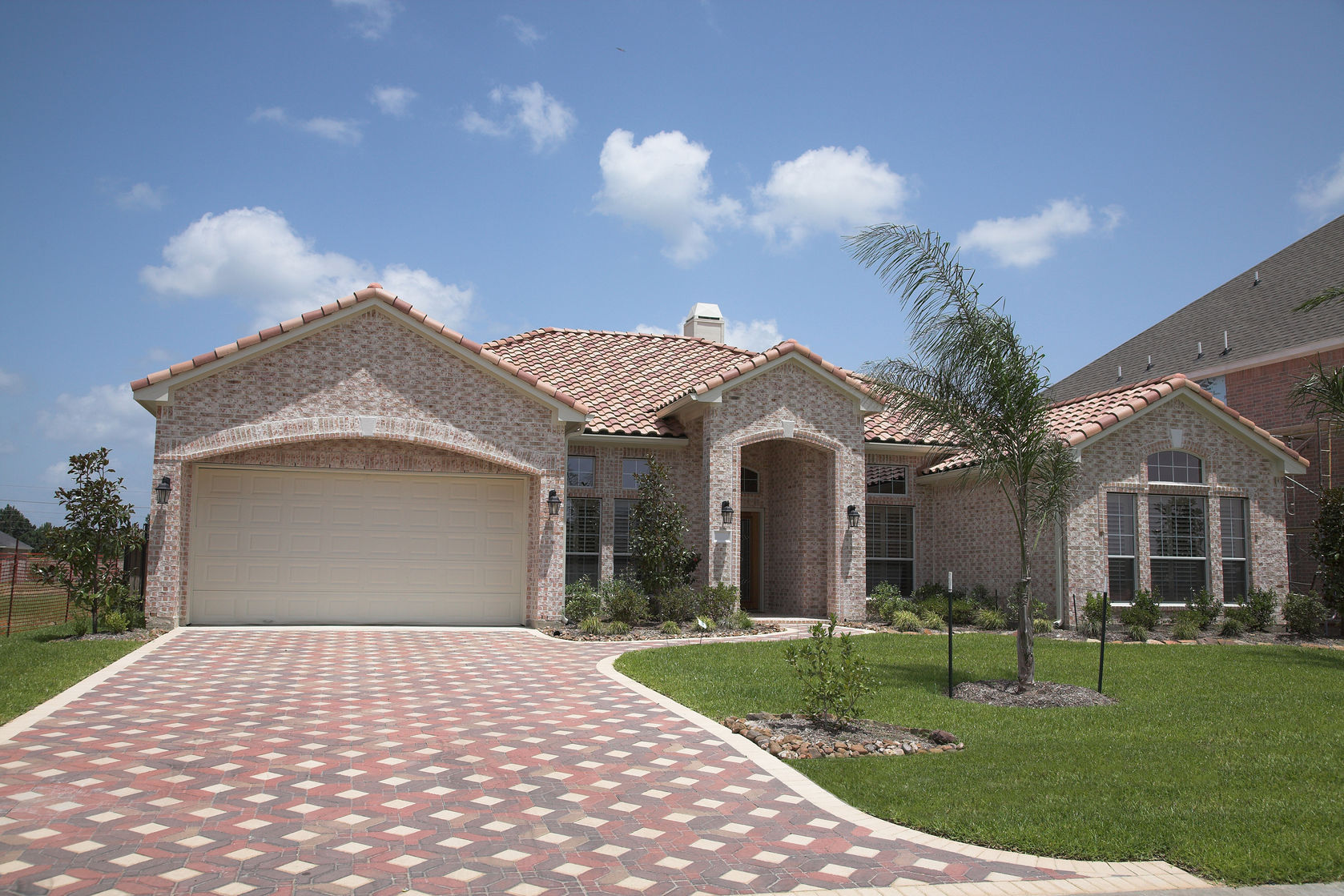What’s Ahead For Mortgage Rates This Week – August 21, 2017
 Last week’s economic readings included the National Association of Home Builders Housing Market Index and readings on housing starts and building permits issued. Consumer sentiment for August was reported by the University of Michigan. Weekly reports on mortgage rates and new jobless claims were also released.
Last week’s economic readings included the National Association of Home Builders Housing Market Index and readings on housing starts and building permits issued. Consumer sentiment for August was reported by the University of Michigan. Weekly reports on mortgage rates and new jobless claims were also released.
NAHB: Builder Confidence Jumps 4 Points in August
Builder confidence in housing market conditions improved by four index points in August after reaching its lowest reading in eight months in July. Builder confidence rose in consideration of a strong labor market and overall economic growth. Obstacles including labor shortages, rising materials costs and a lack of buildable lots continued to present obstacles to builders producing homes at a pace sufficient to meet high demand and alleviate low inventories of homes for sale.
Housing starts were lower in July at a seasonally-adjusted annual rate of 1.155 million starts and fell short of 1.229 million starts. 1.223 million starts were reported in July. Single family home construction was higher as builders focus on meeting demand for single-family homes. Building permits issued in July were also lower at a seasonally-adjusted annual rate of 1.223 million permits issued as compared to July’s reading of 1,275 million permits issued.
Mortgage Rates Mixed, New Jobless Claims Lower
Average rates for fixed rate mortgages fell last week. 30-year fixed rate mortgage rates averaged 3.89 percent at one basis point lower than the previous week. Rates for a 15-year fixed rate mortgage averaged 3.16 percent and were two basis points lower than the previous week. The average rate for a 5/1 adjustable rate mortgage rose two basis points to 3.16 percent. Discount points averaged 0.40 percent for 30-year fixed rate mortgages, 0.50 percent for 15-year fixed rate mortgages and 0.40 percent for 5/1 adjustable rate mortgages.
First-time jobless claims were lower last week with 232,000 new claims filed as compared to expectations of 241,000 new claims and 244,000 new claims filed the prior week.
August’s reading for the University of Michigan Consumer Sentiment Index was higher at 97.6 as compared to an expected reading of 94.8 and July’s index reading of 93.4. Growing consumer confidence could along with improving job markets and economic expansion could prompt renters to buy homes.
What‘s Ahead
This week’s scheduled economic reports include readings on sales of new and previously owned homes along with weekly readings on mortgage rates and new jobless claims.

 Job Openings, New Jobless Claims Rise
Job Openings, New Jobless Claims Rise Last week’s economic news included readings on pending home sales, construction spending. Several reports related to employment were also posted along with weekly readings on mortgage rates and new jobless claims.
Last week’s economic news included readings on pending home sales, construction spending. Several reports related to employment were also posted along with weekly readings on mortgage rates and new jobless claims. Last week’s economic news included readings on new and existing home sales, Case-Shiller Home Price Index reports and an announcement by the Federal Open Market Committee of the Federal Reserve. Weekly readings on mortgage rates and new jobless claims were also released.
Last week’s economic news included readings on new and existing home sales, Case-Shiller Home Price Index reports and an announcement by the Federal Open Market Committee of the Federal Reserve. Weekly readings on mortgage rates and new jobless claims were also released. Last week’s economic news included releases from the National Association of Home Builders and releases from the Commerce Department on housing starts and building permits issued. Weekly readings on mortgage rates and new jobless claims were also released.
Last week’s economic news included releases from the National Association of Home Builders and releases from the Commerce Department on housing starts and building permits issued. Weekly readings on mortgage rates and new jobless claims were also released.